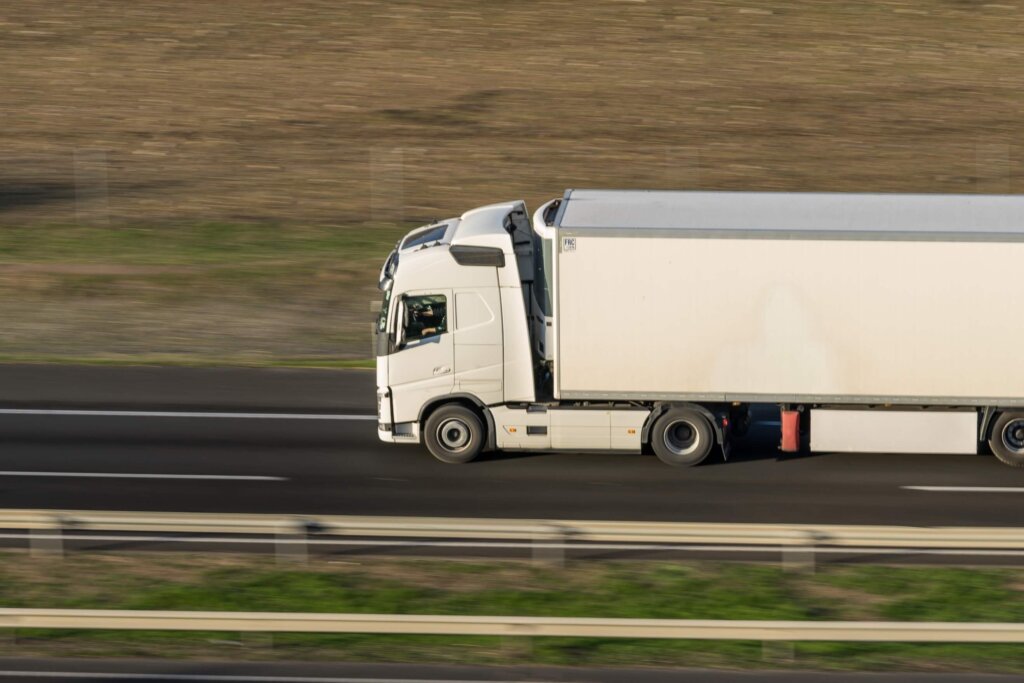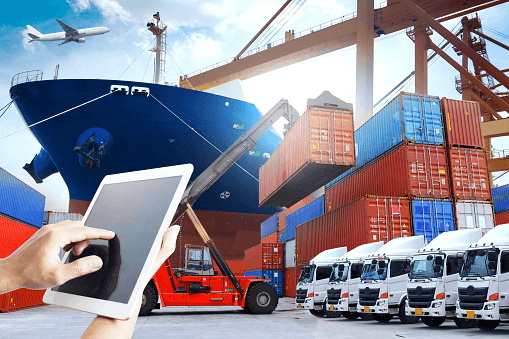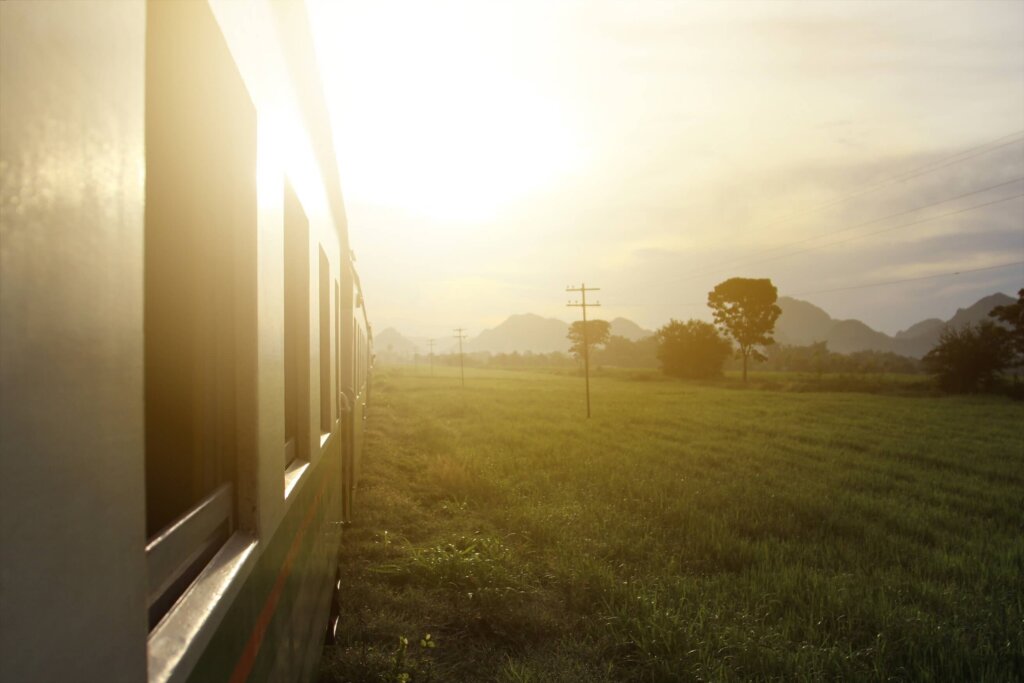
Discover what to expect from the future of cargo transport in Brazil
Cargo transportation in Brazil is a fundamental modality of the production chain, as it is through it that items leave the productive sectors and reach buyers.
The composition of cargo transportation in Brazil changes a lot over time. If we think 100 years ago, we find a completely different scenario, where planes were still being worked on and railroads were the main mode of transport in the country.
Today, highways are responsible for more than 60% of the cargo transported every year, making it the transport sector that moves the most cargo in the country.
But will it continue like this for decades and centuries to come? Well, here we will try to understand what to expect from the future of cargo transport in Brazil, considering a series of transformations that have been taking place in different transport sectors, the economic and social panorama of the country, and the way in which these modes have been used.
Content Index
Timeline

In order to project a future for cargo transport in Brazil, it is necessary to understand how we got to this moment, and the panorama is not very difficult to draw.
Brazil was colonized in the 15th century, when the Portuguese arrived in the country, which was just an “unknown” island. During this period, and for the next 3 centuries, ships and boats were the only existing transport vehicles. On the streets of the colonies, the only means was animal-drawn transport.
The scenario only changed in the 19th century, when the first railroads in Brazil began to be built. From then on, cargo transportation in Brazil became faster and more efficient, even though it was just beginning.
With the railroads, which were built in the main producing regions of the country and, mainly, close to the ports, the flow of cargo for regional supply and export took on a new meaning.
A few decades later, other modes of transport, such as air and road, began to be developed. At first, in a shy way.
At the beginning of the 20th century, the railroad sector took care of cargo transport in Brazil, mainly to move coffee, which was the main commercial product at the time.
The most abrupt changes, which made this panorama change completely, took place in the mid-1960s, when investments in the automobile industry and road construction grew considerably, and the road sector began to show signs that it would become the main modal of cargo transportation in Brazil.
Since then, the scenario has followed this: the road sector is the most used, with more than half of the cargo transported. The railroad, which was, for a long time, the main modal, suffered for a long time from the lack of investments and the scrapping of the country's railroad lines.
Current scenario

The current scenario of cargo transportation in Brazil shows us a serious difficulty for development and significant growth for the sector, for several reasons.
First, the imbalance related to the use of cargo transport modes is something that makes it difficult to improve this practice.
While in developed countries, with territorial proportions as large as ours, such as the United States and China, where the modes of transport are well divided, here in Brazil there is a clear preference for the road sector, which is even exaggerated.
Yes, the road sector provides a lot of diversification in cargo transport in Brazil, as it allows companies and producers of all sizes and from all segments to be able to transport their cargo.
However, the considerable lack of paving of the roads (only 13% of the roads are paved) and the high costs of transport logistics along the highways make this current scenario worrying.
But is there a solution? The future of transport in Brazil
One of the aspects always discussed by specialists in logistics is the diversification of cargo transport in the country.
Here, where there is a clear dependence on the road modal for the movement of inputs from all segments, producers have to be at the mercy of the proper functioning of the highways, which in many cases does not happen.
Depending on the region in which you operate, the condition of the highways is very precarious and often doesn't get as far as you want. In addition, other factors, such as the price of fuel, freight and tolls, which rise every year, also directly influence the lack of enthusiasm for the use of highways at the present time.
In this sense, one of the solutions always presented in discussions like this one is to start valuing more other modes of cargo transportation in the country.
For the agribusiness sector, for example, which is one of the main economic movers in the country, railroads are one of the best transport models, as they allow faster trips, with lower costs and less chance of wasting products.
Technological expansion

Another factor that can greatly influence the way in which cargo transport in Brazil will be used in the coming years, regardless of which mode of transport we are talking about, is the implementation and expansion of technologies in these practices.
Every year, technologies are renewed. What works in a year quickly becomes obsolete and needs to be renewed.
Every year, technologies are renewed. What works in a year quickly becomes obsolete and needs to be renewed.
In addition to the use of technological devices to improve the conditions of transport routes and vehicles, such as trains and trucks, technology is also being widely used to create more structured planning and logistics solutions, helping to increase the organizational efficiency of producing and those who manage national transport.
Decrease in bureaucratic processes

For cargo transport in Brazil to develop more and more, it is essential that bureaucracy is reduced.
Currently, Brazil is a country that abuses bureaucratic processes in different areas. For the transport of cargo, especially those that will be exported and those that are imported, there is extensive bureaucracy over the products, which ends up delaying demands and making it difficult to create a targeted strategy.
It is important to try to combat this bureaucracy that involves transport logistics, but many companies have difficulties in doing this, especially those trying to develop a system for the use of transport on their own.
Due to the lack of understanding of logistical processes, companies are unable to reduce the slowness generated by bureaucracy, and end up having difficulties in growing.
A viable solution, which has been growing more and more, is the outsourcing of transport logistics for companies. By outsourcing this service, you hire a company that understands everything about the subject and will be fully dedicated to this stage of production, helping to improve the company's internal and external planning and logistics.
What are the projections?

It is currently difficult to project improvements, worsening or stagnation in cargo transport in Brazil. In a pandemic scenario, in which all productive and commercial instances were drastically affected, it is necessary to wait for conditions to return to normal in order to have a better forecast.
In the first months of the pandemic, for example, the road freight sector suffered a drop of more than 40% in productivity. After the loosening of restrictions and the resumption of work, this number began to be adjusted, but without fully returning to the most favorable scenario.
There is an expectation that, according to the National Bank for Economic and Social Development (BNDES), this scenario of dependence on highways will be reduced in the coming years.
Currently, highways represent basically ⅔ of the national transport matrix, but the perspective is that by 2025, the road, railroad and waterway sectors will start to work on a more equal footing, representing around ⅓ each.
This factor would already be a good start for the transport of cargo in Brazil to improve, qualifying all segments and modes of transport, and working for the growth of producing companies.
To further improve these sectors, especially the rail and road modals, it is possible to find some projects that are underway, with delivery forecast for the next few years.
Para as rodovias, acessando o site da Agência Nacional de Transportes Terrestres (ANTT), do Governo Federal, você encontra quais são as rodovias que estão em processos de construção, que podem estar em diferentes fases, como na parte da licitação, caso das rodovias BR-153/414/080/TO/GO e BR-163/230/MT/PA, e outras que estão em fases de estudos.
At the beginning of 2021, news that stirred the road investment market was the launch of the project to build a new railroad in São Paulo, bound for the Port of Santos, which is one of the main portsin the country, also helping more in the flow of cargo in the region and improving the flow to the beach town
At the moment, the government of the state of São Paulo is still looking for investors so that this new project can be put into practice.
As for the railroads, we can also find a series of projects that are underway, some already under construction and others still undergoing a series of studies.
The idea of building new railroads is precisely to expand the capacity of the railroad sector, reducing dependence on highways and improving cargo flow in various regions.
Despite facing obstacles along the way, such as projects locked in legal instances, delays in completing the work and lack of funds, the construction of new railroads can be fundamental for the future of cargo transportation in Brazil, and government bodies are betting a lot in that. In this sense, the main ongoing projects are:
- Ferrograin – EF-170;
- West East Integration Railroad (FIOL) – EF-334;
- Transnordestina Railroad;;
- New Ferroeste;
- North-South Railroad (network expansion project).
It is important to highlight that the West East Integration railroad (FIOL) – EF-334, for example, is a construction project that is already in its final phase. According to ANTT, the expectation is that the contract will be closed in the third quarter of 2021, starting FIOL's construction works in the following months.
Finally, another highlight that is important is the expectation surrounding the bill for the new framework for railroads. This bill has been stopped in the Senate since 2018, and the projection is that it will be voted on and approved in the year 2021, proceeding to the vote of the federal chamber.
If approved by all levels of the legislative and executive sphere, the new framework for railroads allows private sector companies to invest in the construction of railroads for their own interest, without depending on the endorsement and bids of the Federal Government, which is the model that governs the sector today.
With this, the idea is that investments in this sector grow more and more and that the fleets and railroad networks are expanded, considerably improving the flow of goods in cargo transportation in Brazil.
Conclusion
Although there is a difficulty in making projections for the transport of cargo in Brazil, mainly due to the pandemic, there is an encouraging expectation about how transport will be used in the coming years. Investments continue to grow, both on the part of the government and on the part of the private sector. In this way, it is important to wait, but there are paths that can be followed that accelerate this process of improvements in national cargo transport.
Searchs:












